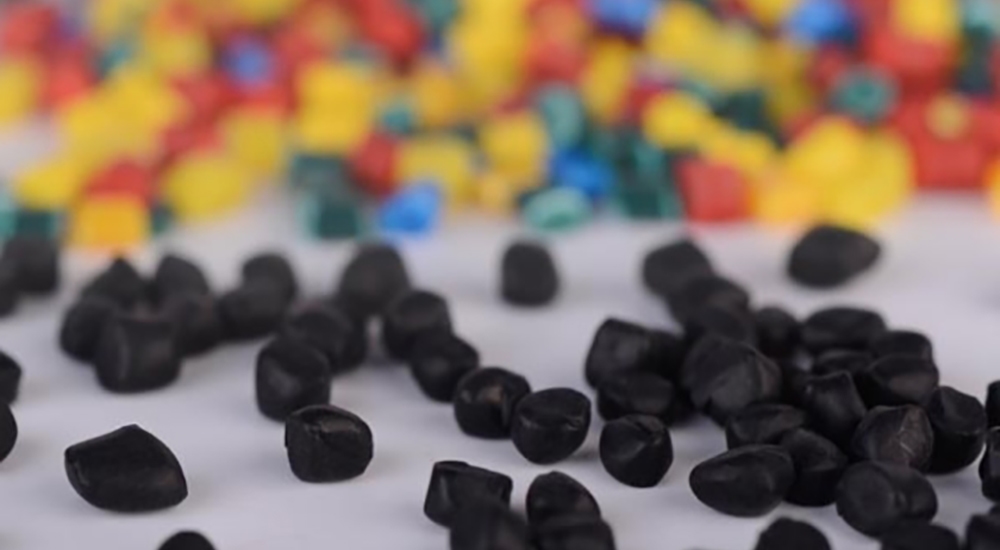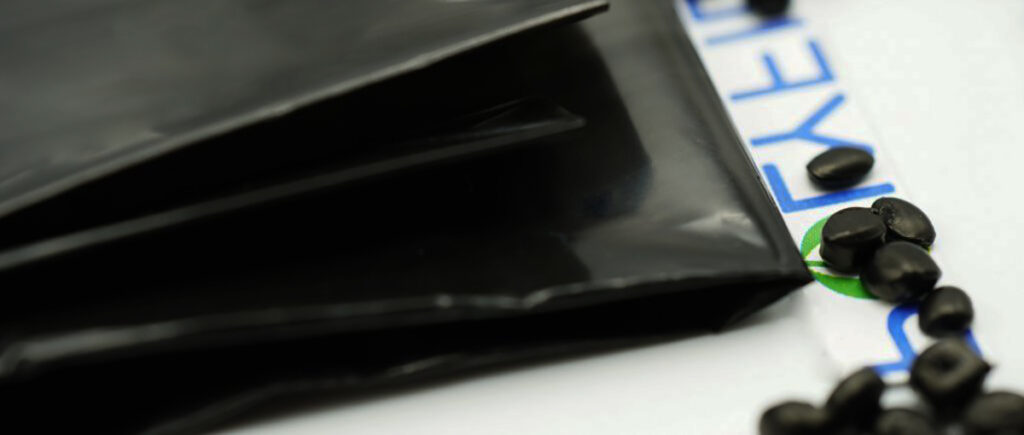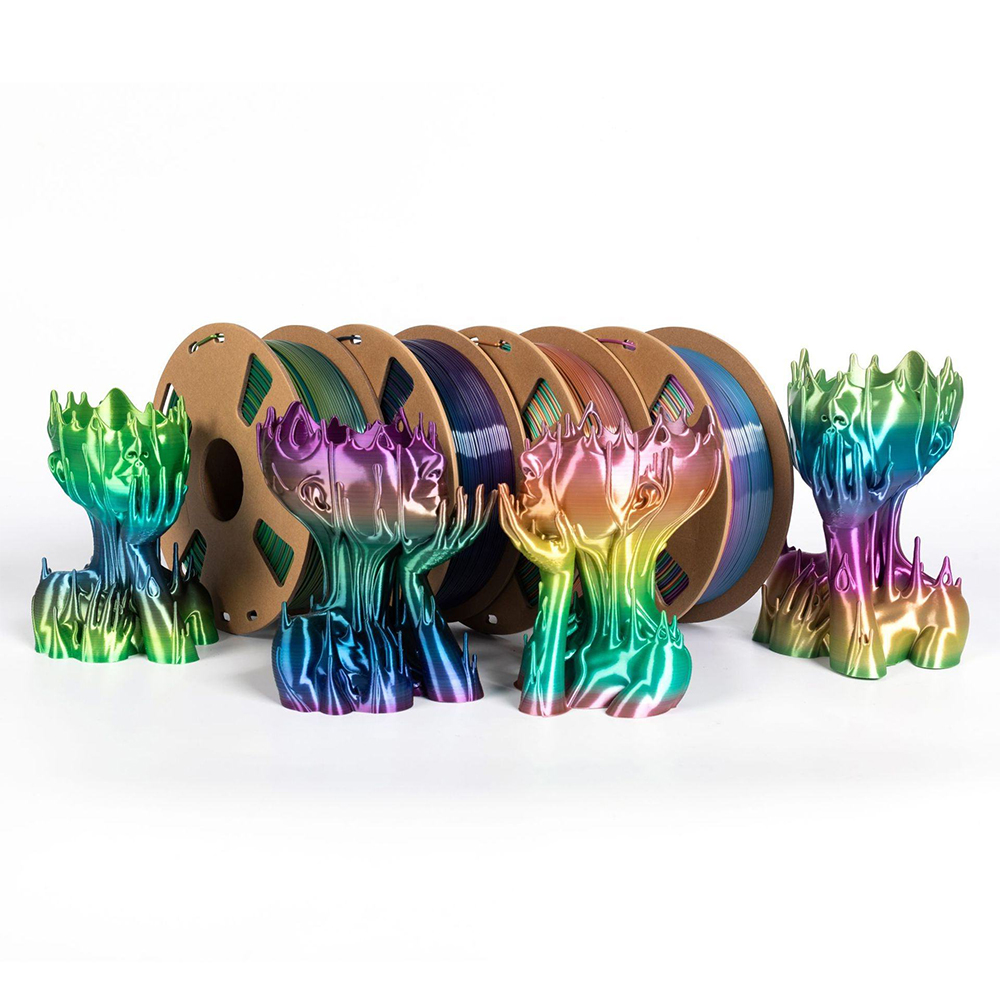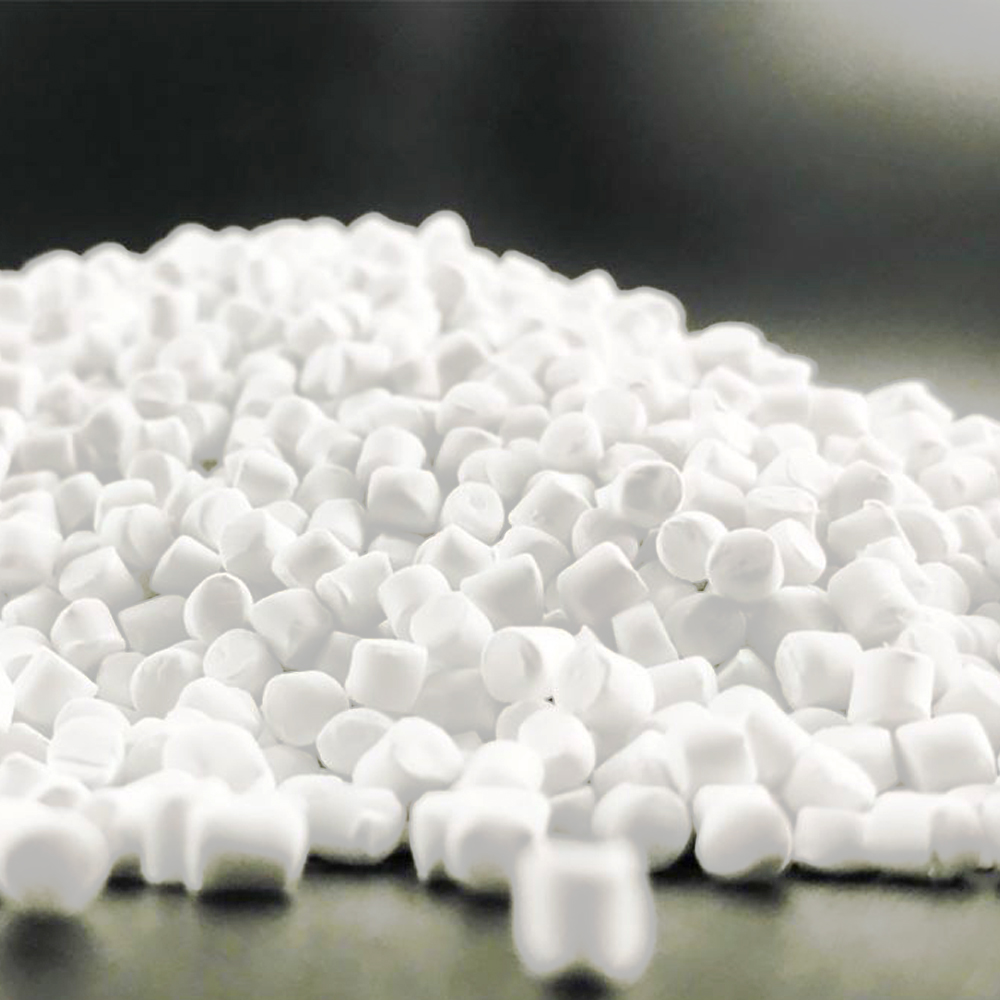1. Dispersão aprimorada
Obter uma dispersão uniforme de corantes e aditivos é um desafio comum no processamento de polímeros.
Masterbatch, seja ele qual for lote mestre de cores para cores vibrantes ou masterbatch retardante de chamas Para maior segurança, oferece uma solução pré-misturada que garante distribuição uniforme. Isso resulta em coloração consistente e melhorias confiáveis nas propriedades do produto final.
2. Redução de custos
O masterbatch oferece benefícios financeiros de diversas maneiras:
- Os fabricantes podem reduzir a necessidade de vários tipos de polímeros, optando, em vez disso, por comprar polímeros naturais a granel a preços mais baixos.
- Sua forma concentrada permite a dosagem precisa de aditivos caros, minimizando o desperdício e os custos gerais de produção. Por exemplo, Masterbatch de PETPode reduzir custos em aplicações que exigem melhorias específicas em polímeros.
3. Altas taxas de concentração
Graças à sua alta concentração, os masterbatches são utilizados em pequenas quantidades em relação ao polímero natural. Por exemplo, apenas 25 kg de masterbatch preto É possível modificar uma tonelada de polímero. Isso permite que os fabricantes otimizem os custos de produção e mantenham proporções precisas de aditivos.
4. Prazo de validade prolongado
Por ser um material isento de solventes, o masterbatch sólido apresenta uma vida útil mais longa do que as alternativas líquidas. Isso elimina as preocupações com a evaporação do solvente, garantindo que o aditivo mantenha sua eficácia ao longo do tempo. Variantes como masterbatch branco e Masterbatch de PET São particularmente valorizados pela sua estabilidade em armazenamento a longo prazo.
5. Versatilidade em diversas aplicações
O masterbatch adapta-se bem a diversas técnicas de processamento de polímeros, como moldagem por injeção, extrusão e moldagem por sopro. Sua ampla aplicabilidade o torna adequado para aprimorar tanto a aparência quanto a funcionalidade dos plásticos em inúmeros processos de fabricação. lote mestre de cores para melhorias estéticas ou masterbatch retardante de chamas Para aplicações de segurança, as soluções de masterbatch são essenciais para diversos setores.
6. Soluções Personalizáveis
Os fabricantes podem personalizar as formulações de masterbatch para atender às suas necessidades específicas.
Essa flexibilidade permite a criação de tonalidades de cores personalizadas usando lote mestre de coresou a incorporação de recursos que aumentam a segurança com masterbatch retardante de chamas, adaptado a aplicações e setores específicos.
7. Propriedades dos materiais aprimoradas
O masterbatch contribui para melhores propriedades físicas em produtos plásticos, como maior durabilidade, rigidez, adesão, imprimibilidade e até mesmo condutividade elétrica permanente quando necessário. Por exemplo, Masterbatch de PET pode melhorar a transparência e a resistência dos materiais de embalagem, enquanto masterbatch preto e masterbatch branco Melhorar a resistência aos raios UV e a opacidade dos produtos.
8. Produção Simplificada
Ao eliminar a necessidade de misturar aditivos e matérias-primas no local, o masterbatch simplifica os processos de fabricação. Isso reduz os custos de mão de obra, minimiza erros e aumenta a eficiência geral do processo.
9. Soluções ecologicamente corretas
Certos masterbatches, como Masterbatch de PETPodem ser formuladas para apoiar iniciativas sustentáveis. Opções recicláveis e biodegradáveis ajudam a reduzir o impacto ambiental dos produtos plásticos, alinhando-se com a crescente demanda por soluções ecológicas.
10. Resistência UV aprimorada
Utilizando masterbatch, particularmente masterbatch preto e masterbatch brancoMelhora a proteção UV de produtos plásticos expostos à luz solar. Isso os torna ideais para aplicações externas, prolongando a vida útil do produto e mantendo a integridade visual e estrutural.
11. Propriedades antimicrobianas
As formulações de masterbatch podem incluir aditivos antimicrobianos, oferecendo proteção contra bactérias e fungos. Estes são particularmente valiosos em setores como o da saúde e o de embalagens de alimentos, garantindo o cumprimento das normas de higiene e segurança.





